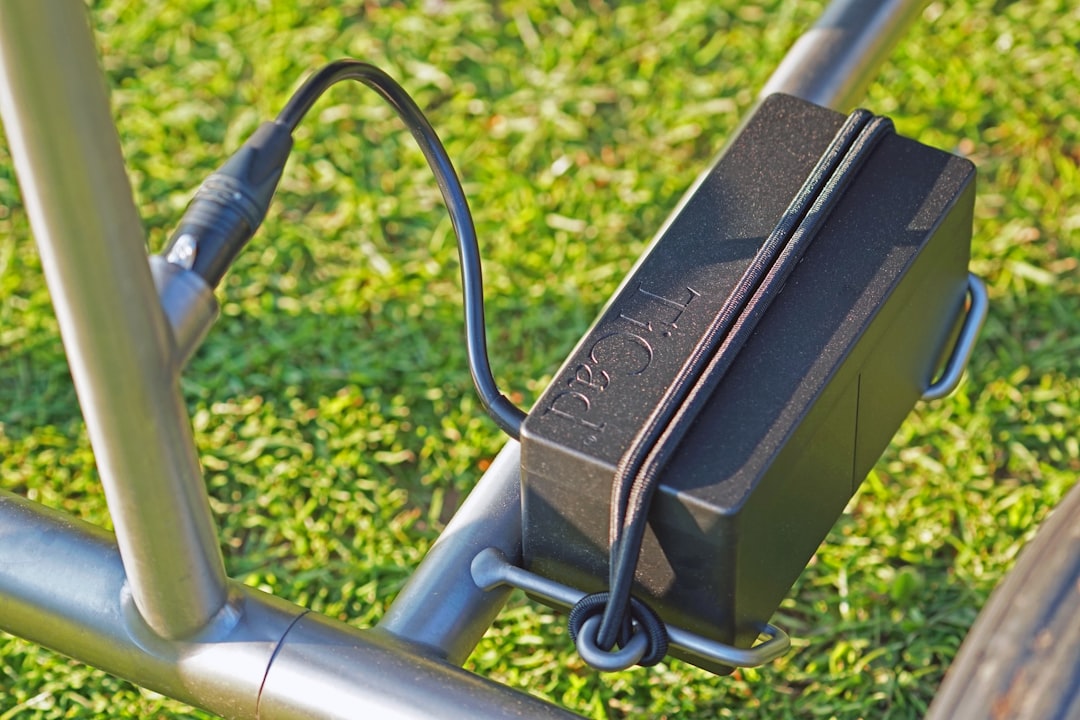

This imbalance can occur due to variations in the manufacturing process, temperature differences, or uneven load distribution during usage. Adding distilled water can also replenish lost electrolyte levels necessary for optimal performance. The Environmental Benefits of Battery Reconditioning ExplainedUnderstanding Battery ReconditioningBattery reconditioning refers to the process of restoring used batteries to their full operational capacity.
Adding water before charging can lead to overflows as the liquid expands during the charging process. Perform an equalization charge if required.
How to Tell if Your Battery Needs Reconditioning: Key SignsWhat is Battery Reconditioning? This involves reversing the degradation that occurs over time due to factors like age, usage, and exposure to environmental conditions.
It's important to ensure that your charger matches the specifications required by your battery type.
This can be particularly beneficial for devices such as laptops, power tools, and car batteries that have begun to lose their efficiency due to regular use or aging. In effect this meansUltimately, battery reconditioning offers a dual advantage: it supports environmental sustainability while providing economic benefits. Using a Multimeter: Step-by-StepInitial Testing: Use your multimeter to test the overall voltage across the battery terminals.
This practice not only extends the operational lifespan of batteries but also promotes environmental sustainability by minimizing waste. Several signs might indicate degradation: reduced runtime indicating diminished capacity; slower than usual charging times; overheating during use or charging; visible swelling or leakage from the battery casing are clear warnings that professional assessment or self-reconditioning may be necessary.
Keeping your batteries cool helps prevent overheating, which is a common issue that accelerates degradation. To mitigate these effects, consider insulating your storage areas or using temperature-controlled environments for both usage and charging of your batteries.
Rejuvenating Old Car Batteries: Is It Worth It? Whether you're handling common household AAAs or more complex car batteries, understanding how to maintain and restore them can prove invaluable over time.25.
Attempting to rejuvenate a battery that is damaged beyond repair can be futile and dangerous. In effect this means,Reconditioning lithium-ion batteries not only extends their usable life but also enhances performance, making them more efficient and reliable over extended periods. It's essential to understand and implement proper charging cycles tailored for each particular type of battery.
Ecologically, it contributes to reducing electronic waste. Choosing the Right Charger for Different Types of BatteriesUnderstanding Battery ReconditioningBattery reconditioning refers to the process of bringing a depleted battery back to life, restoring its capability to store and deliver power.
This process is crucial for various types of batteries as it can extend their lifespan, reduce waste, and save money. By conducting regular tests, such as voltage checks and load assessments, one can detect anomalies like overheating or irregular discharging that could lead to dangerous outcomes if left unaddressed.
On the other hand, lithium-ion batteries require a charger that can balance the cells and manage temperature effectively during charging cycles. A smart charger that adjusts charge rate based on feedback from the battery condition is ideal.
It ensures that all parts of the battery work together harmoniously, which is particularly important for high-demand applications like electric vehicles where optimal performance is critical.
For optimal results, it's important that these cycles are carried out using a charger that can safely bring the battery to its upper voltage limit before allowing it to discharge fully. Each type requires specific methods such as desulfation for lead-acid types or cell balancing for lithium-ion packs. Environmental Impact: Extends the operational lifespan of batteries thus minimizing electronic waste.
Equalization Charge: Apply this charging process to balance all cells equally. This deterioration happens due to repeated charge-discharge cycles, age, and unfavorable environmental conditions, among other factors.
This decline can occur for various reasons, including regular wear and tear, prolonged storage, or improper charging practices. Moreover, the process requires specific tools and knowledge; improper handling can lead to safety risks such as leaks or explosions if done incorrectly.
Additionally, wearing a protective apron or clothing can prevent chemical burns on the skin. The effectiveness of reconditioning depends significantly on using the right tools and techniques tailored to each battery type.
One popular approach involves balancing the cells, which ensures that each cell in a battery pack charges to an equal level, preventing any single cell from under or overcharging. Benefits of Reconditioning Your BatteryReconditioning your battery not only extends its life but also has significant cost benefits since you won't need to purchase a replacement as frequently. It's important to regularly inspect these tools for any damage or wear and tear that could compromise their functionality or safety.
Using a charger not suited for your battery type can lead to poor results and may even damage the battery further. This process varies depending on the type of battery but generally includes deep discharging to break down crystal formations on electrodes, cleaning internal components to ensure unobstructed ionic movement, calibrating charging patterns, and balancing cells to equalize charge across them.
The Role of Multimeters in Battery MaintenanceA multimeter is an indispensable tool when it comes to maintaining and reconditioning batteries. In lithium-ion batteries, issues like the growth of dendrites can disrupt cell integrity and function. Battery Reconditioning
Correct Charging TechniquesIncorrect charging methods pose significant setbacks in battery reconditioning. For lead-acid batteries techniques include desulfation using high-frequency pulses to break down sulfate crystals; equalization charging; and water addition for maintaining electrolyte levels.
This not only provides economic benefits but also supports environmental sustainability by reducing unnecessary waste. The Reconditioning ProcessBattery reconditioning involves several steps designed to restore the original performance of a battery as much as possible. Additionally, reconditioning batteries contributes to environmental conservation by reducing waste and the demand for new batteries, which require significant resources to produce.